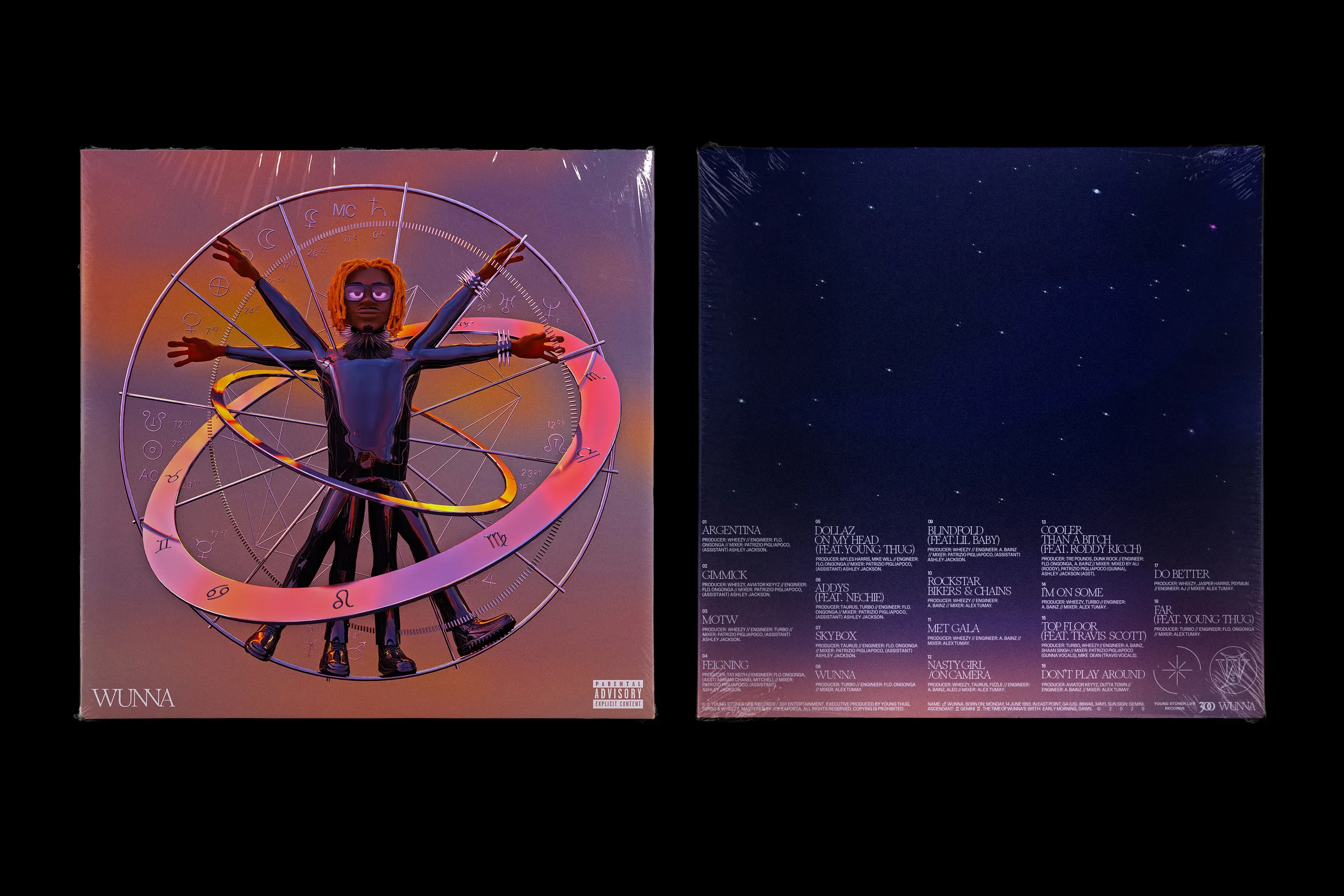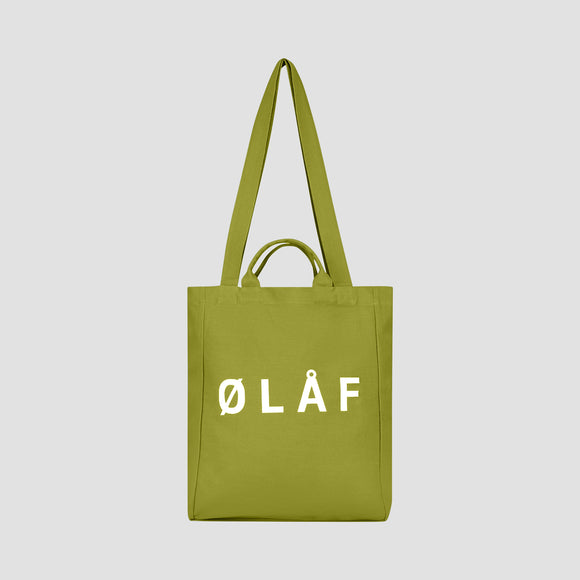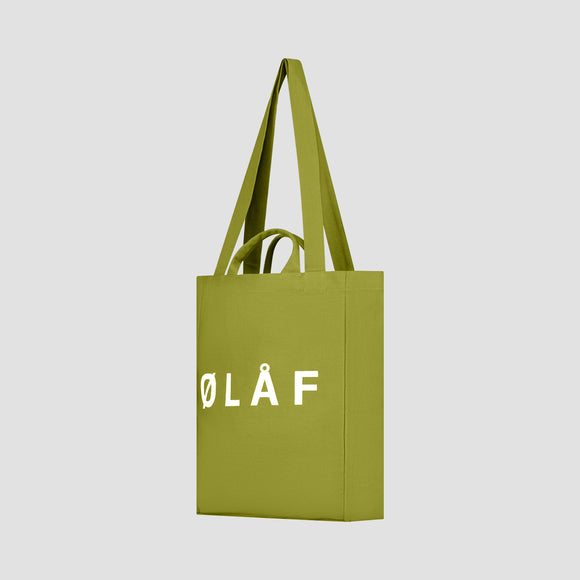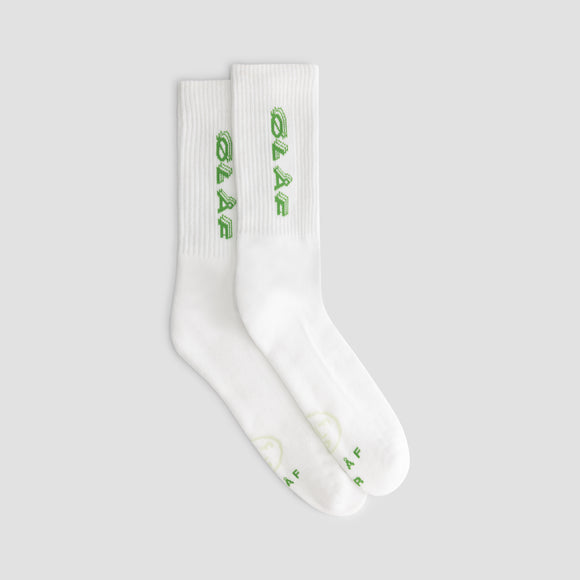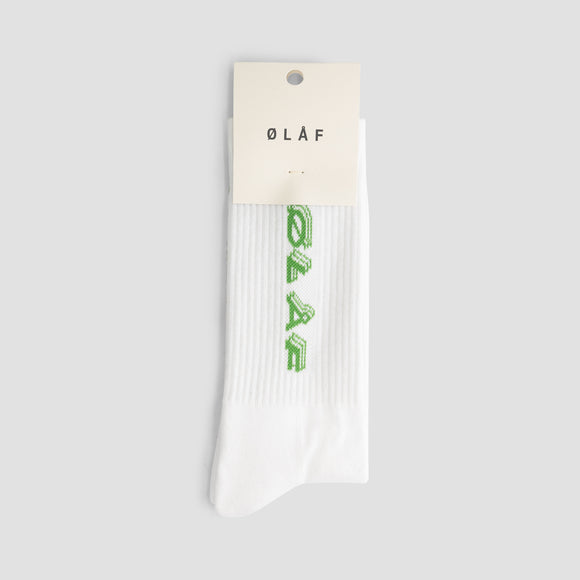Hi Tal, how does it feel to make visuals that are pretty much seen everywhere in the world?
Feels great, haha. I work full time at Spotify and for a year or two, I’ve been doing more projects independently. At Spotify, I work on all the different brands that fall under the umbrella. From artist initiatives to brand work and everything in between.
How is that balance of working independently next to your full-time job?
I enjoy the combination. Spotify is a huge brand with big budgets and a big influence, so the work I do there is very global and can be seen by millions. But because it’s such a huge company, it can also be more of a challenge. It’s a Swedish company, and there is a lot of corporate stuff you have to go through before you can get things done sometimes. In that sense, I prefer to work on my own, or with a small team. Nothing against Spotify, but at the end of the day it’s just more rewarding when you do it on your own. But I like the balance in my work life right now.



